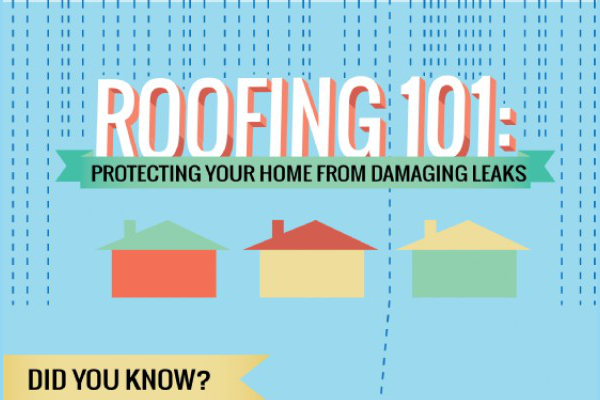You could not realize it, but your roof could be concealing problems that, if left uncontrolled, can result in considerable damages. Start by looking for dark areas or water discolorations on your ceilings, which commonly indicate leakages. While you go to it, check your shingles for any type of cracks or curling. Don't neglect to check your seamless gutters for granule loss, a dead giveaway of damage. Recognizing these common concerns can save you money and time, but understanding when to take the next action is important. What should you do if you find something concerning?
Common Indicators of Roofing Issues
Have you ever before discovered dark areas on your ceiling or missing out on tiles on your roof? These can be telltale signs of roof concerns that should not be ignored.
If your roofing's got leakages, you might see water spots or bubbling paint on your ceilings. This suggests moisture getting in, which can lead to mold growth and more damages.
One more indicator to look for is granule loss on your shingles. When you see extreme granules in your gutters, your roof shingles may be nearing completion of their lifespan. It's a caution that they're shedding their safety covering.
If you detect any drooping locations on your roof, that's a red flag. A sagging roofing can signify structural problems that can cause a collapse if not attended to.
Do not forget about the outside. Broken or curling tiles and rust on steel roofings are also indications that your roof covering isn't in top form.
Preventative Steps for Your Roofing
Routinely checking your roofing system can help you capture potential problems before they escalate. Make it a habit to inspect your roof covering a minimum of two times a year, ideally in spring and fall. Look for damaged roof shingles, particles, or any indications of wear. If you detect anything concerning, resolve it immediately to stop additional issues.
Maintain your seamless gutters clean and without particles. Clogged up rain gutters can bring about water back-up, triggering leakages and damage to your roofing system. If you're not comfy climbing up a ladder, consider employing a professional for this task.
https://www.architectsjournal.co.uk/news/opinion/rooftop-extensions-are-well-and-good-but-design-quality-is-paramount looming branches to prevent them from scraping versus your roof covering throughout tornados. This likewise reduces the threat of falling arm or legs harming your shingles.
Make sure proper air flow in your attic. Great airflow aids regulate temperature level and dampness, preventing mold and mildew growth and extending the life of your roof.
Ultimately, purchase a roofing system maintenance plan if you're unclear regarding the maintenance. Normal maintenance can capture minor problems before they become costly repair services.
When to Call an Expert
Recognizing when to call an expert for roof covering problems can conserve you time and money, especially if you discover indications of significant damage. If you see missing roof shingles, water spots on your ceilings, or substantial leakages, it's time to reach out to a specialist. These issues can suggest that your roofing system requires prompt focus to stop more damage to your home.
Don't wait until the problem escalates. If you can not safely gain access to your roof covering or if you're unsure regarding the level of the damages, it's ideal to call an expert. They've the experience and tools needed to evaluate the circumstance accurately.
Additionally, consider working with https://reidpjeys.blogtov.com/14437018/constant-errors-in-roofing-setup-and-strategies-for-avoidance covering expert after an extreme tornado. High winds, hail storm, or hefty snowfall can trigger surprise damages that mightn't show up from the ground. A professional examination can uncover these issues before they come to be pricey repair work.
Last but not least, if your roof covering is aging or you're considering a replacement, seek advice from a roof specialist. They can direct you on materials and options that suit your home and budget.
Do not hesitate to seek help; it can save you from more considerable frustrations down the line.
Conclusion
By staying cautious and on a regular basis evaluating your roofing system, you can catch common issues early and save on your own from costly fixings. Keep an eye out for dark spots, fractured roof shingles, and drooping areas. Do not fail to remember to check your gutters for granule loss, also. If you detect any type of worrying signs or aren't comfortable climbing up to inspect, don't be reluctant to call a professional. Taking these actions now will assist ensure your roofing system stays solid and safety for many years to come.
